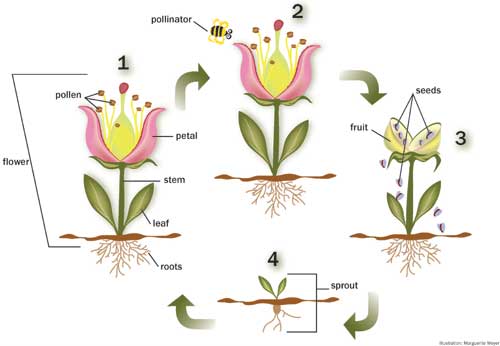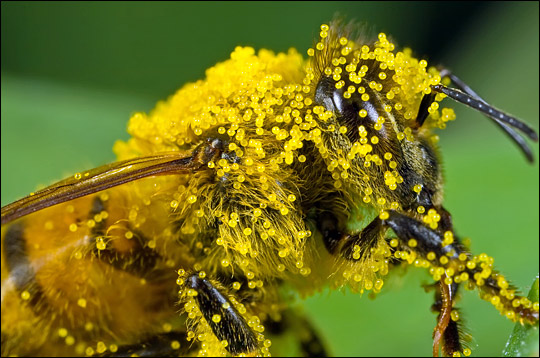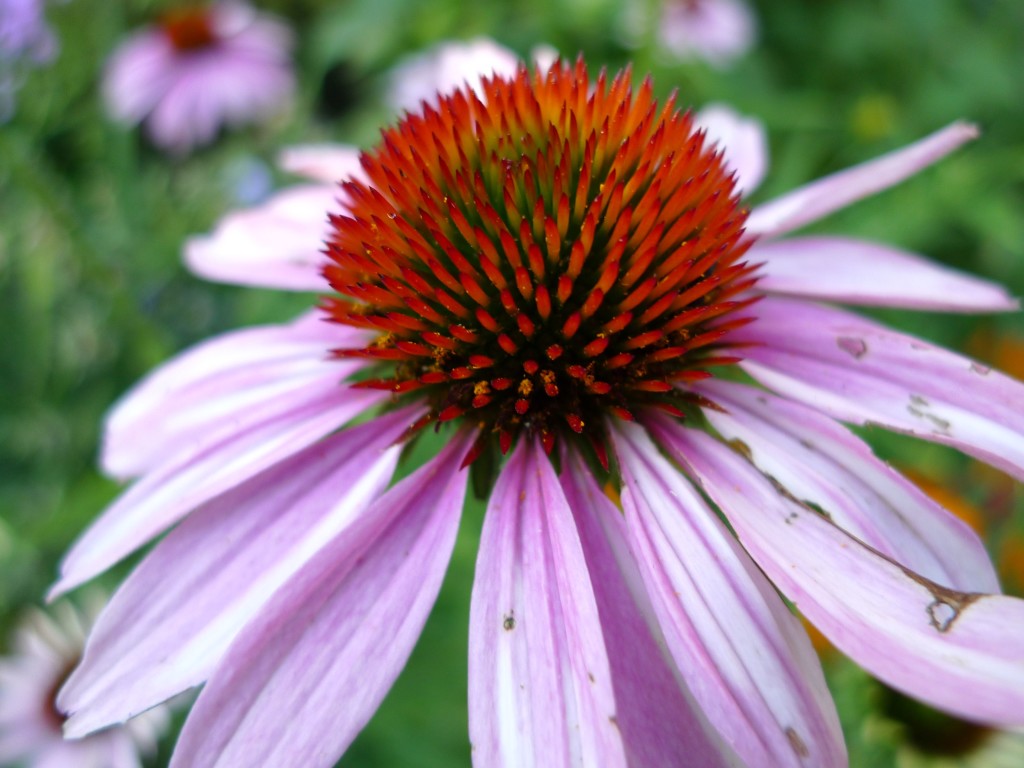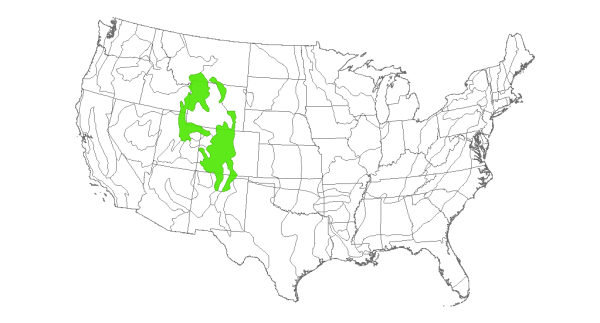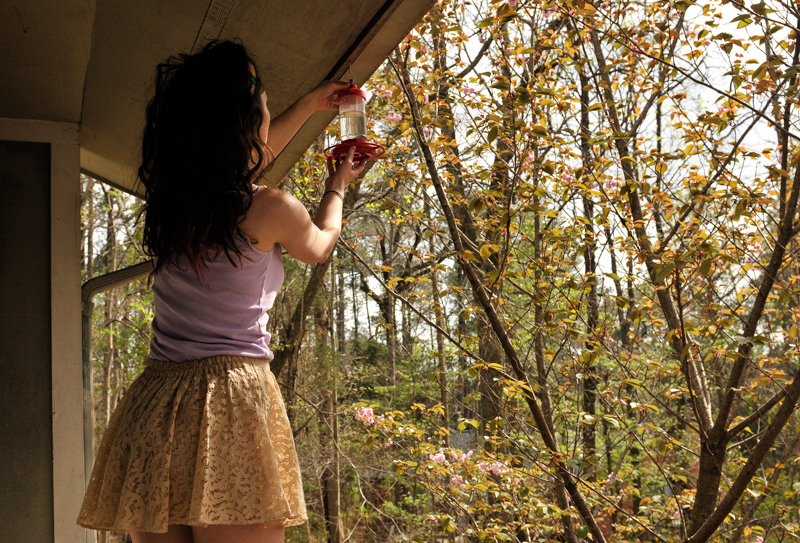Today is the start of pollinator week, and we’re always excited for any reason to talk about the role of different organisms in nature, especially when it comes to the variety of species that we are intimately linked to through our food supply. Did you know that 75% of the food we eat is the direct result of pollination. In the US alone, the value of insect-pollinated crops is over $20 billion. But the benefit of pollinators goes well beyond food crops, as they are essential for preserving the biodiversity of native habitats. When talking pollinators, bees often come to mind, but did you know that butterflies, flies, birds, moths, bats, and other mammals are also pollinators? In fact, around the world there are over 200,000 species of pollinators!
In this post we’ll answer some of the big questions about pollinators, why they’re important, why they’re at risk, and what we can do to help them. Throughout the rest of the week, our posts will be tied to pollinators in one way or another. Check back to see what we’re up to!
What do pollinators do?
Pollinators transfer pollen across flowers and plants as they move. A single pollinator may visit the flowers of many different species, and so successful pollination only occurs when pollen is transferred between two flowers of the same species, thereby fertilizing the second flower.
Pollination is the necessary first step required for the plant to produce seeds and fruit. When a flower is fertilized, the resulting seed will contain a combination of the genetic information from both plants (the plant that produced the pollen, and the plant that received the pollen). This is the plant world’s version of sex to shake up the genetic pool, thereby providing an additional benefit to the plants.
How do the pollinators benefit?
Pollination is the unintended consequence of the pollinators visiting the flowers for food. They’re eating either the pollen or the nectar of the flowers, and in the process, some pollen sticks to their bodies and then falls on the next flower they visit. In return for their services, the pollinators consume nectar and pollen from the plants.
How do humans benefit?
As mentioned above, we benefit first hand by eating crops that are the direct result of successful pollination with the help of a pollinator species. We also eat other foods that we would consider the indirect products of pollination, like milk and beef that comes from the cattle that eat grasses and other grains requiring the aid of pollinators. We also wear the results of pollination every time we put on an item of cotton clothing.
I hope we’re all in agreement that human health and well-being is intimately tied to a healthy planet. Pollinators help to maintain plant populations well beyond just those used by humans for food and clothing. In doing so, they are helping to maintain the plant diversity of natural ecosystems, which in turn provides food and habitat for the animals living within these ecosystems. Pollinators are the glue holding healthy ecosystems together.
Why are pollinator species at risk?
Pollinators are threatened by a number of different forces. Suburban development and farmland expansion has destroyed and fragmented native vegetation that would have provided both food and habitat for the pollinators. The expanded use of pesticides, both on farm fields and on public and private lawns has the unintended consequence of killing the beneficial insects, like pollinators, in addition to the targeted pests. There is concern that the timing of flowering and the life-cycles of essential pollinators will get out of sync as a result of climate change. And then there are causes that we do not fully understand. For example, the honey bee populations in the US have been suffering from colony collapse disorder, but the exact cause is not well understood.
What can you do?
If you have the space, provide a habitat for pollinators in your backyard. Start by eliminating pesticides and herbicides, then plant native vegetation and provide water and shelter for your new visitors. When at the nursery, make sure that you purchase plants that were raised without neonicotinoids, a relatively new class of insecticides that may be responsible for the decline in pollinator populations.
Not sure what are the best plants for your area? The Pollinator Partnership provides planting guides for every ecoregion in the US. Just type your zipcode into this site, and they will provide both the name of your ecoregion and a detailed guide to help you get started.
If you don’t have the a yard to landscape, you can do simple things like hang a hummingbird feeder or native bee house.
And perhaps one of the most important things you can do is talk to your kids about pollinators. You don’t have to make it a boring lecture. It’s easy to take advantage of their natural curiosity. Many young kids love looking for insects, foster that interest and start mini conversations about how the insects are helping us. While observing, don’t make kids scared of bees or any insect, rather teach them to respect and be cautious around insects that may sting (also remember that many of the native species are pollinators that won’t sting!). With kids of any age, you can strike up a conversation about pollinators over dinner, making sure to serve a variety of foods that are the direct result of pollination (we’ll have more on this tomorrow!).
Images : Pollinator Cycle, Ecoregion Map, Bee Covered in Pollen,

